Taqiyah vs Kippah vs Zucchetto, it's not so much a debate as an interesting comparison.…
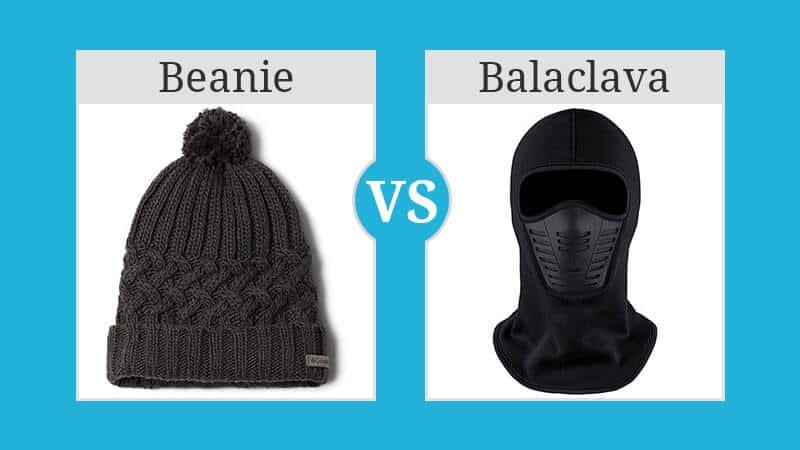
Beanie Vs. Balaclava. The Difference (With Pictures)
Beanie vs. Balaclava is an open and shut comparison. Most of us will be able to understand the difference by looking at the two headgears; however, it is always a good idea to create a comparison that brings all the differences together for the at-glance understanding.
Both, Beanie and Balaclavas are great as winter protectors. However, both have their unique construction that makes them different from each other and even makes them appropriate under different circumstances.
The Main Difference Between Beanie and Balaclavas
Although both Beanie and Balaclavas are used for winter protection, they have different shapes, which make them useful under different circumstances.
Beanie only covers the head. It has a snug fit and, at times, earflaps to provide greater winter protection. However, Balaclava is a ski mask that covers everything, including the head, face, and neck. Balaclavas leave room for eyes, nose, and at times mouth also, but most times, they cover everything else.
The shape difference makes Beanie more appropriate in less cold weather and casual wear, while balaclavas are appropriate for extreme winter and winter sports.
What is the specific purpose of each cap?
Balaclavas are best used during winter sports such as skiing, snowboarding, snowmobiling, and the likes, while Beanies are more appropriate for casual wear.
Balaclavas are much better when it comes to winter protection because they provide better coverage; however, from the looks of it, beanies have a lot more to add to the wearer’s fashion and style statement. Further, if decorate nicely, beanies can even pass as semi-formal wear, while balaclavas can only be counted as casual or sportswear.
What is a Beanie?
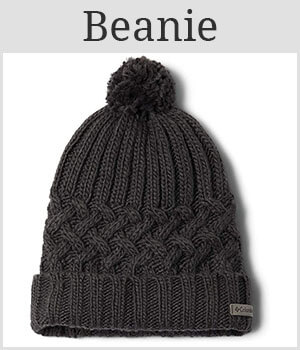
A beanie is a bill-less woolen cap with a circular crown. It is often confused with a skull cap; however, as compared to a skull cap, a beanie has a looser fit. It is believed to have got its name from the button at the crown’s tip, also known as a ‘Bean.’
Although the most popular material for a beanie is wool, it can also be made from wool alternatives and might not always be warm or used as a winter protector. Originally, Beanies were worn by construction and quarry workers for sun protection or for preventing the hair from coming onto their face.
Beanies also have a legend attached to them as a symbol of a freshman in college, followed by the Beanie burning ritual on embarking upon the sophomore year.
Beanies have become a very popular fashion accessory and are now available in multiple designs with various decorations. Further, there are several styles of beanies such as Whoopee Cap, Slouchy Beanie, Baseball Beanies, and many more.
General Characteristics of a Beanie:
- Most commonly made using Acrylic, Fleece, Wool, and other wool alternatives or Cotton for summer use.
- Beanies have various beautiful knit patterns, including Crochet, Chunky knit, Double Knit, among others.
- They can have ear flaps, making them appropriate for extreme cold
- They don’t have a neck or face covering
What is a Balaclava?
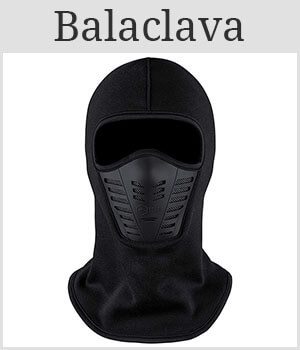
Balaclava is a specialized cloth ski mask that generally covers the wearer’s head, neck, and everything up to the nostrils. This only leaves the wearer’s eyes exposed. However, there are several balaclavas styles, such as the three-hole Balaclava, which covers the entire face leaving only three holes for the eyes and nose.
The key difference from a beanie is that a balaclava will definitely have a neck covering, even if it is a removable attachment. Some balaclavas also have a visor, which offers greater protection from wind and snow while skiing.
General Characteristics of a Balaclava
- Most balaclavas are worn for winter protection, but there is an Anti-dust balaclava that is used in deserts while dune buggying
- Balaclavas give maximum protection by covering the head, the neck, and most of the face.
- Balaclavas are mostly used for winter-sports
Beanie Vs. Balaclava
| Comparison Properties | Beanie | Balaclava |
|---|---|---|
| Distinctive Component | Beanies cover only the head, and the forehead might cover earflaps sometimes. | Balaclavas generally cover the head, most of the face, and the neck; however, there can be variations. |
| Crown Characteristics | Beanies have a rounded visor-less crown | Most balaclavas have a rounded visor-less crown, but some can have a short visor too. |
| Fit & Stability | As beanies only cover the head, they have a relatively looser fit but not too loose also. | As Balaclavas have the neck’s support, the fit is relatively tighter, and the same is also required because of its usage in extreme cold. |
| Bill Characteristic | There is no bill | Most times, there is no bill, but if there is, it is very short |
| Ideal For | Winter protection, casual-wear, unisex | Winter protection, winter sports, extreme cold, unisex |
| Foldability | As the beanies have an unstructured crown, they are easily foldable | Most balaclavas are unstructured, so they are foldable, but some can have a partial structure and, therefore, might have relatively lower foldability |
The Best Beanie
This is an extremely cute-looking decorated Beanie with an outer fold at the headband to give greater cold protection. Made from 100% acrylic, it is very soft, warm, and cozy to wear. As with most beanies, it comes with a pull-on closure and is of standard size that fits most heads. It is available in several color variants and is a unisex fashion accessory.
This is a classic knitted and crocheted Beanie with a pom at the top. Made from a mix of acrylic and wool, it is a very warm option and perfect for casual wear and winter protection. The hat is lightweight and is available in multiple color variants, making it appropriate for wearers of all genders. Further, as it is lightweight, it is great for wearing it for long. The material is soft and doesn’t cause irritation or itching to most wearers.
The Best Balaclava
It is a perfect balaclava with a sold or structured front that covers the mouth and the nose. It is perfect for extreme cold, including sub-zero levels, and the solid front gives it structure. The solid front offers ideal protection for the mouth and nose that can get severely hurt during a skiing mishap. Further, the solid front has a mesh inner lining that makes it breathable and prevents fogging. This makes it ideal for skiing on advanced slopes where visibility is crucial.
This is a great balaclava for winter protection and also as a protection against rain, snow, or dust. The visor is very useful in case of snowfall because it prevents visibility compromise. The elastic closure gives a tight fit making the Balaclava windproof and preventing the wearer from chilly winter winds. The Balaclava is made from acrylic and fleece. Therefore, it is an excellent vegan option for wearers with such preferences.
Final thoughts
Balaclava and Beanie are great headwear for winter protection; however, Balaclava is more suitable for extreme cold, including sub-zero levels, compared to a beanie.
Further, beanies are more appropriate for casual wear, while balaclavas are more appropriate for winter sports such as skiing. However, balaclavas can also be worn casually and therefore, are a more cost-effective option because it kills two birds with one stone. However, from a fashion perspective, Beanies can be much better decorated, and if worn with the correct outfit, they can even pass for semi-formal wear. Balaclavas fare quite low on the fashion quotient, but what it misses out on looks, it makes up for it on the utility front.
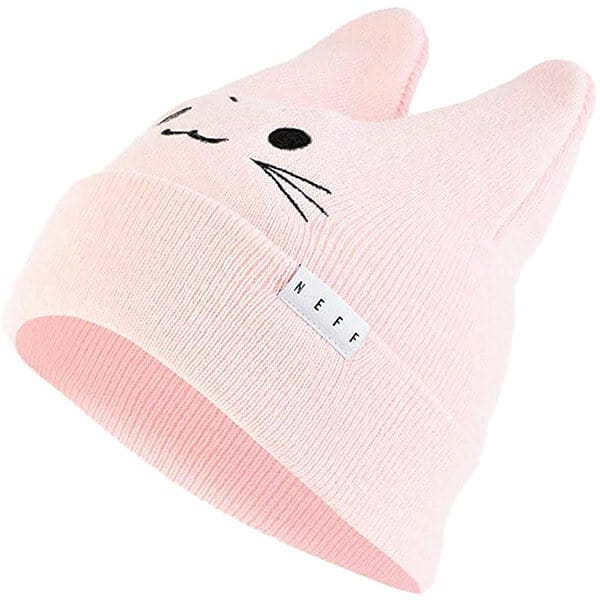
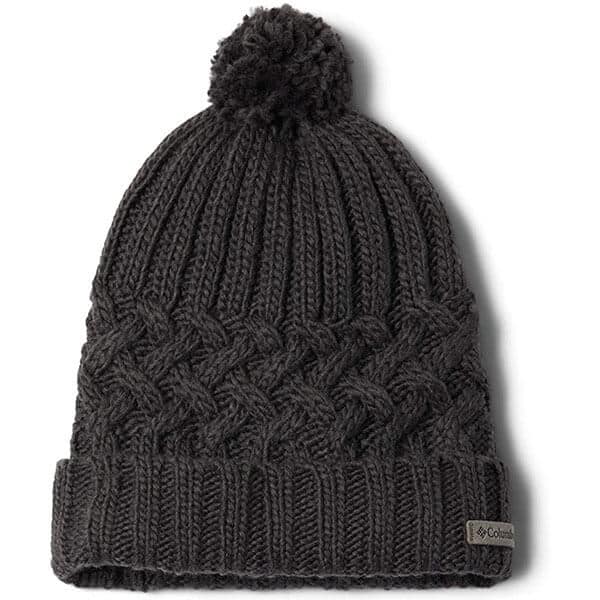
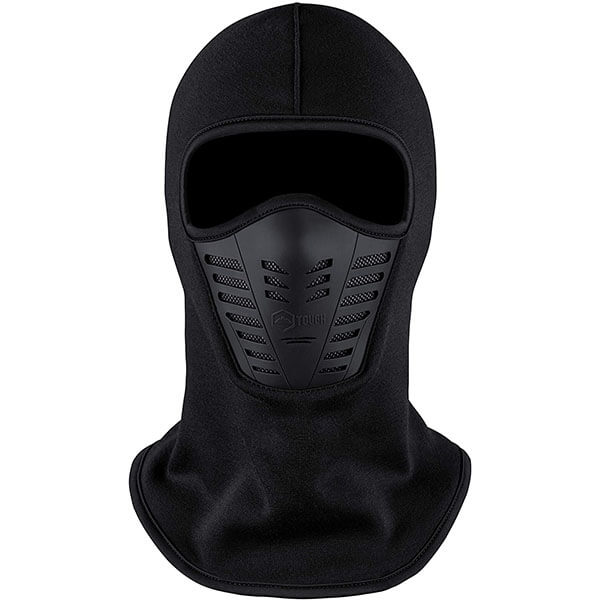
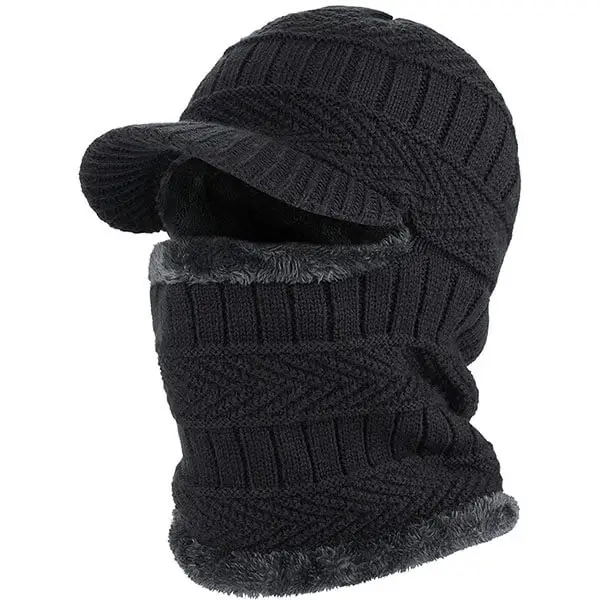
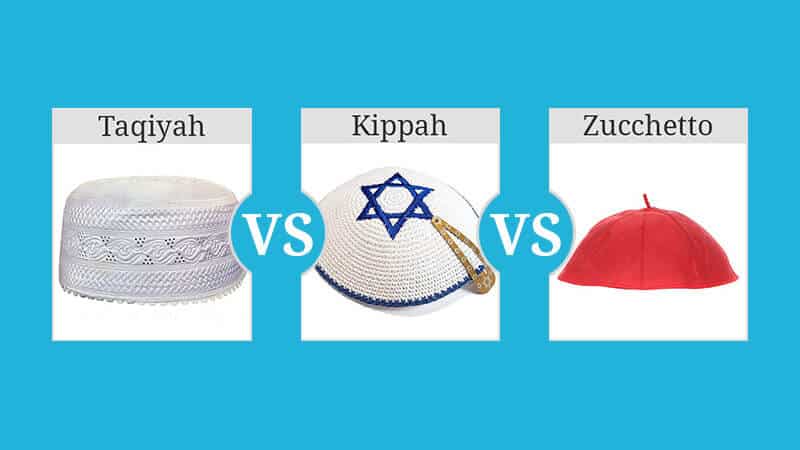
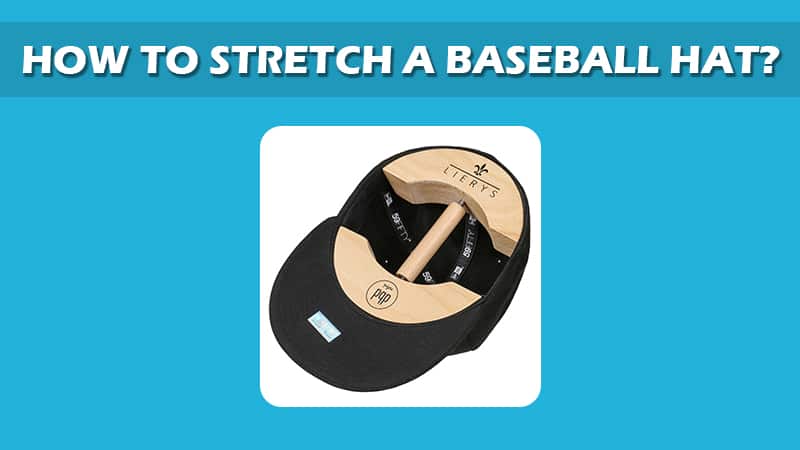
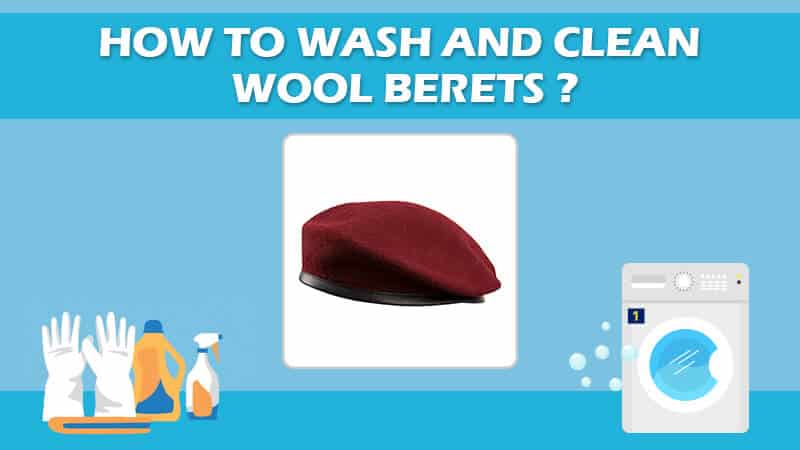
This Post Has 0 Comments